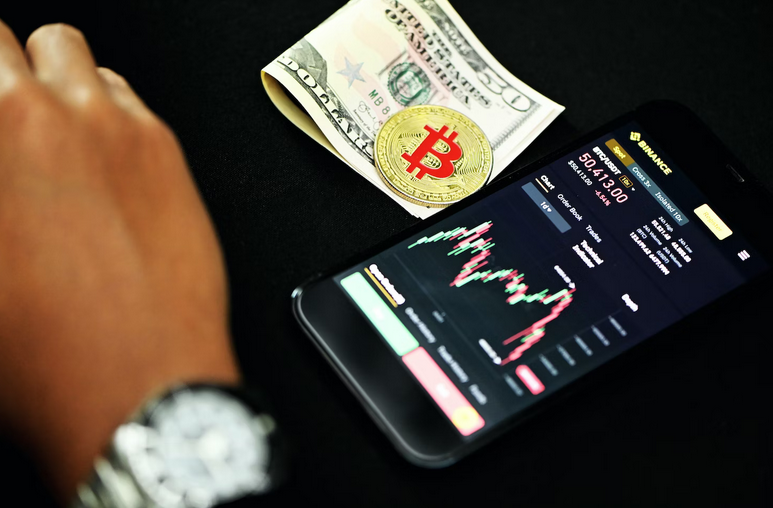As a tech-savvy generation, we’re always on the lookout for opportunities to grow our wealth and explore new investment avenues. And when it comes to currency trading, finding the best forex broker Australia is crucial. But hold up – before you jump in headfirst, there’s something important you need to know: fees. That’s right, guys. Understanding the various costs involved can make all the difference in your trading journey.
Spreads and Commission Fees

Let’s start with spreads – the difference between the bid (selling) and ask (buying) price of a currency pair. Forex brokers make money by offering you a slightly higher selling price and a slightly lower buying price, effectively pocketing the spread as their fee. The narrower the spread, the better for you because it means less cost to enter or exit a trade.
Now, let’s talk about commission fees. Some brokers charge commissions on each trade you make, usually as a percentage of the transaction value. This is in addition to any spreads they may apply. While some traders prefer zero-commission brokers, others don’t mind paying commissions if they offer other benefits like superior execution or additional tools.
Overnight or Swap Fees
Overnight or swap fees are charges applied when you hold a position open overnight. This fee is essentially the cost of keeping your trade active during non-trading hours. The amount of the fee varies depending on factors such as the currency pair being traded and the interest rate differentials between those currencies. These fees are calculated based on the size of your position and can either be positive or negative, depending on whether you’re buying or selling a higher interest-rate currency.
So, if you’re holding onto a long position in a currency with high-interest rates compared to the one you’re selling, then you’ll receive a credit for each day that you keep that position open. On the other hand, if you have a short position in a higher interest-rate currency pair, then you’ll have to pay an overnight or swap fee each day that you keep that trade open. It’s essential to factor these costs into your trading strategy because they can eat into your potential profits over time.
Inactivity Fees

Inactivity fees can vary greatly among different brokers, so it’s important to read the fine print before choosing a broker. Some brokers may charge a flat monthly fee after a specified period of inactivity, while others may have a sliding scale based on the length of dormancy. The rationale behind inactivity fees is that brokers incur costs for maintaining and servicing inactive accounts. While this may seem unfair at first glance, it’s important to remember that forex brokers are running businesses and need to cover their expenses. To avoid unnecessary fees, make sure you understand your broker’s policy regarding inactivity fees. If you’re not planning on actively trading for some time, consider closing your account or transferring funds to another investment vehicle until you’re ready to resume trading.
In short, by keeping an eye on spreads and commissions, watching out for overnight/swap charges, and being mindful of potential inactivity penalties – young investors can navigate the world of Forex trading more effectively while minimizing unnecessary expenses along the way.

